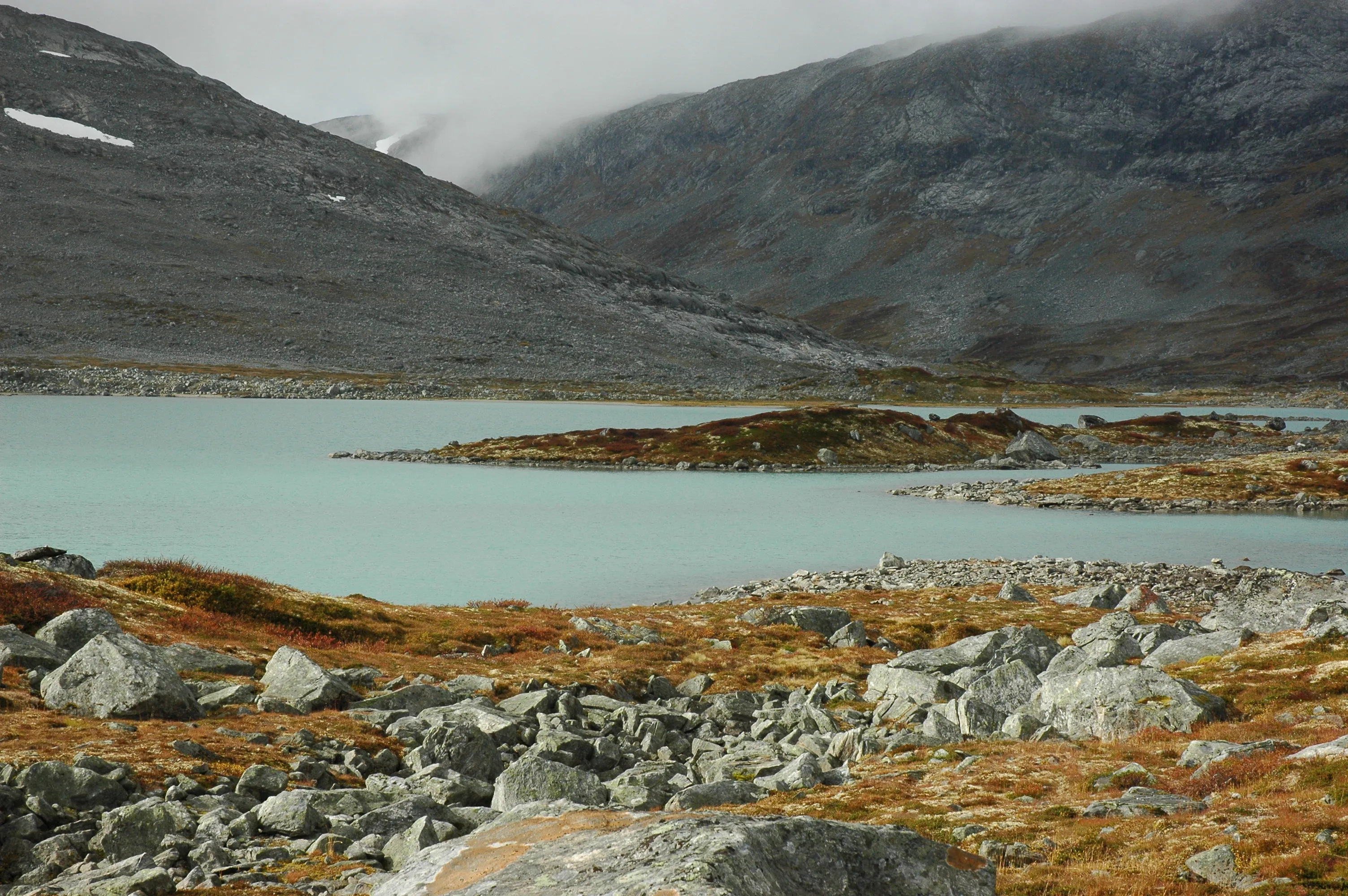Archaeology: Ancient Mountain Shelter Used by Vikings Discovered

Ancient Mountain Shelter Unearthed
This summer, archaeologists with the Museum of Cultural History in Oslo, Norway, made a significant discovery of a remote mountain shelter used by travelers during the Viking Age. The shelter, located along the historic transport route known as the Nordmannslepa, showcases the challenges of ancient travel across the Hardanger Plateau in harsh weather conditions.
The Historic Importance of the Site
- The Nordmannslepa route was vital for transporting goods between eastern and western Norway.
- Stone huts were constructed to provide shelter and rest, crucial for travelers of the middle ages.
- The team found a previously documented shelter from the 19th century, indicating long-term use of the area.
Excavation Findings
During the excavation, the team discovered two rooms within the cabin, including:
- Entrance Room: A smaller area likely used for storage.
- Main Room: A larger space featuring a prominent fireplace.
Artifacts unearthed included:
- Burned wood remains: Evidence of fires used for cooking.
- Animal bones: Remains from birds, fish, and reindeer, revealing food sources.
- Fire Steel: An intriguing tool for igniting fires.
- Arrowheads: Potential hunting gear of the era.
Significance of the Discovery
The findings provide a glimpse into the daily lives of Vikings, focusing on aspects like diet and survival strategies. This ancient shelter is a testament to the ingenuity of people during challenging times in Scandinavia, bridging our understanding of ancient history and archaeology.
This article was prepared using information from open sources in accordance with the principles of Ethical Policy. The editorial team is not responsible for absolute accuracy, as it relies on data from the sources referenced.